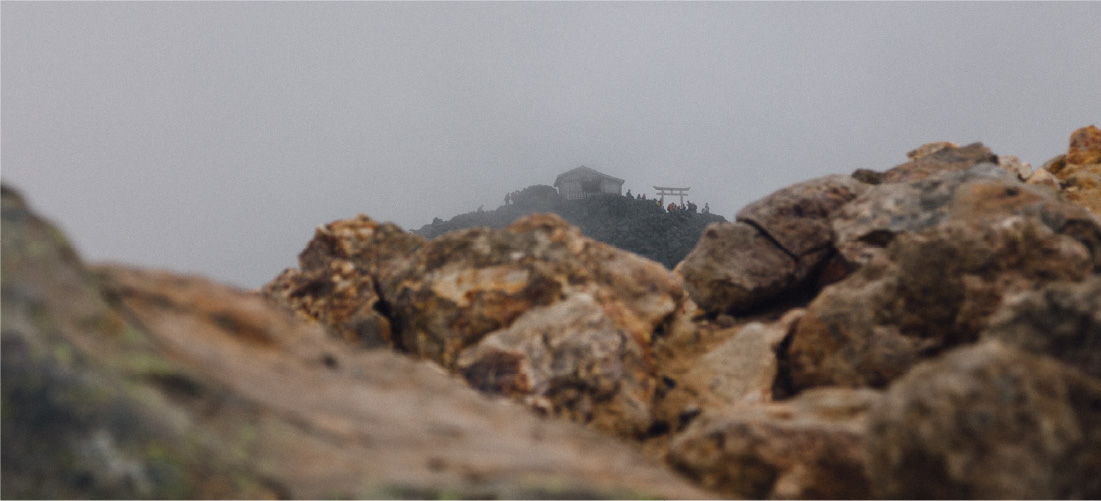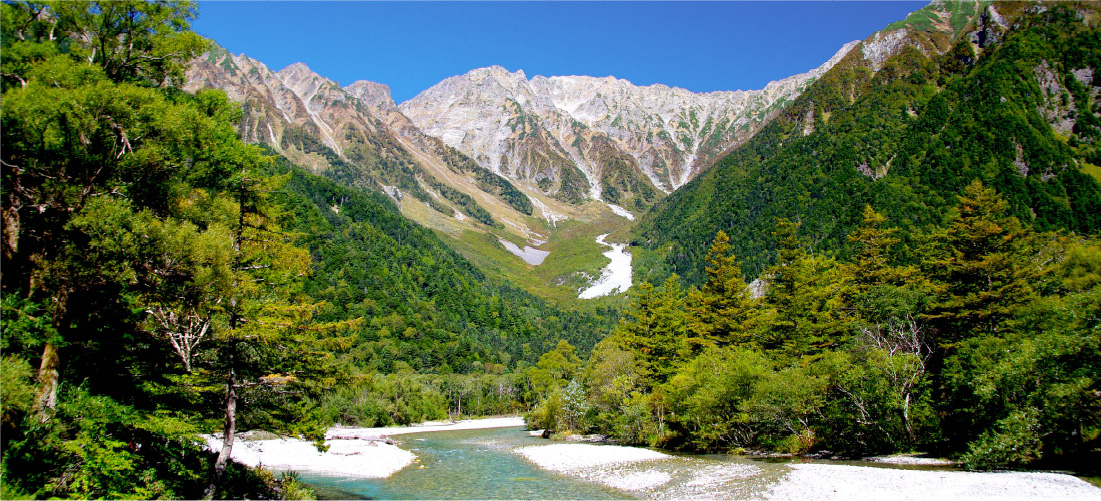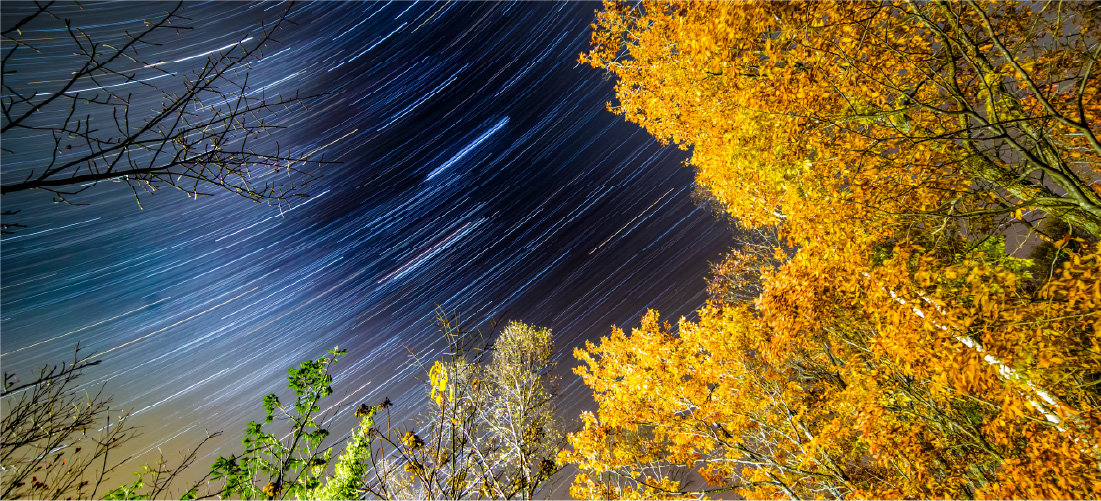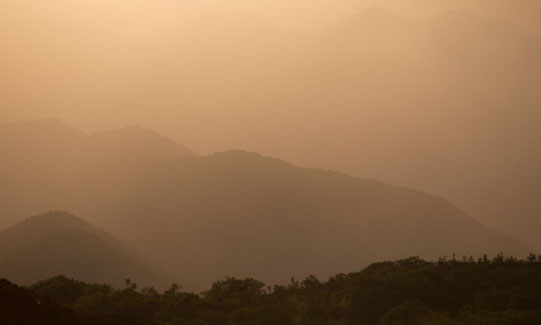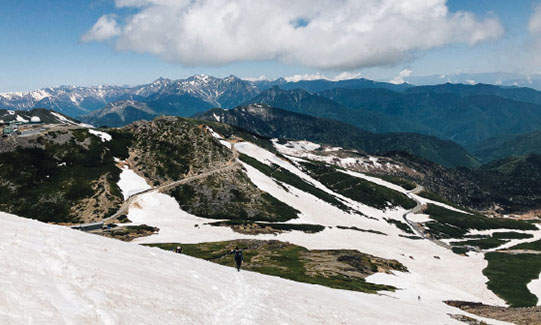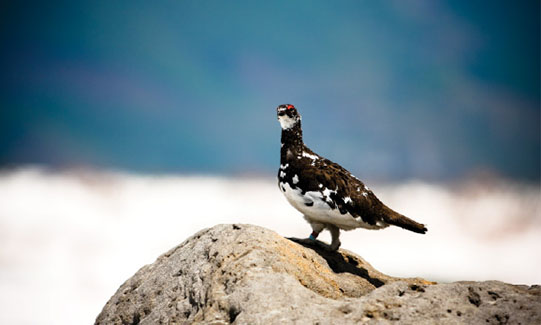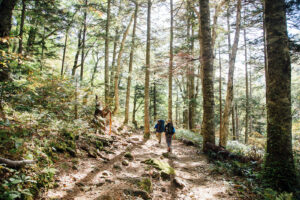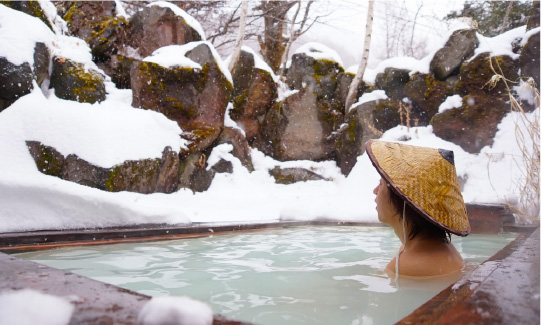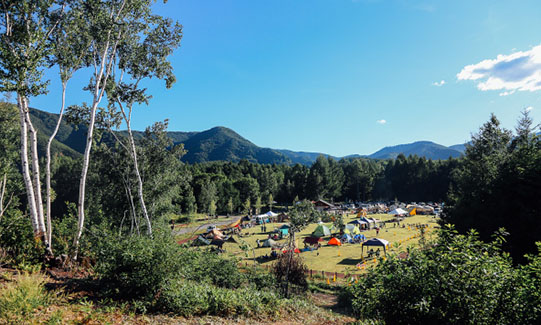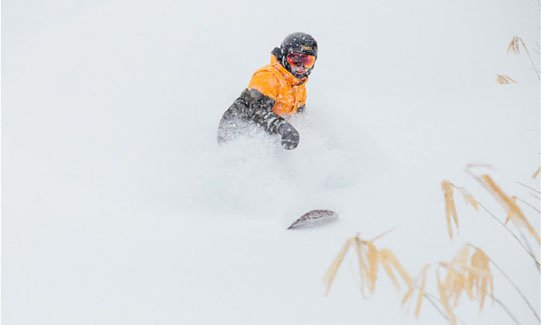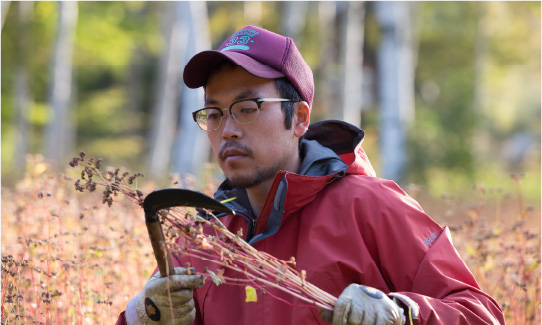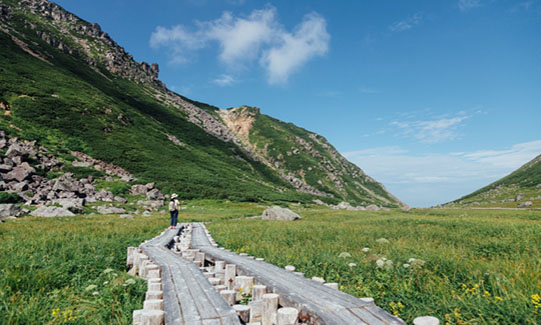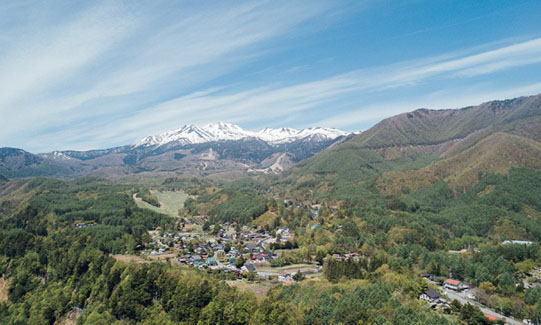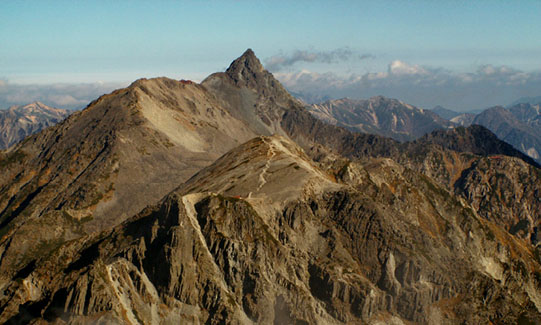ABOUT THE SOUTHERN REGION OF THE CHUBUSANGAKU NATIONAL PARK SOUTHERN REGION
LOGO DESIGN
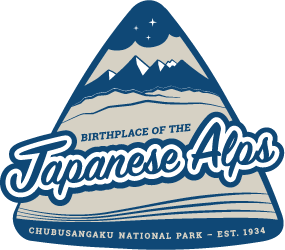
BANNERS
Feel free to use the following banners:



RICH BIODIVERSITY
The steeps slopes of the Yarigatake and Hotaka Mountain Ranges alongside the active volcanic peaks of Mount Norikura and Mount Yake that rising from the sprawling highlands below make up a beautiful symphony of life in this symbolic alpine wonderland.
The steep mountains and sharp elevation changes in this region help to sustain a variety of pristine nature.
The dynamic nature of the wind, water, and volcanic activity is a constant reminder of the "living nature" that will leave you wanting to come back for more.
You cannot overlook the rich flora and the corresponding habitats of wildlife. With large mammals like the Asian black bears and Japanese serows, birds such as grouse and spotted nutcracker, and various alpine butterflies can be spotted throughout the park. You can also see many water-resources like waterfalls, freshwater streams, alpine lakes, and rime ice during the winter months.
The people living in the Southern Region of Chubusangaku National Park have long enjoyed the natural blessings of water, earth, and air that flow from this land and now happily share these blessings with visitors from near and far.
PEOPLE AND MOUNTAINS
- The practice of nature worship and animistic beliefs that every element of nature is divine including unnamed plants.
- The ability to effectively use limited resources sustainably.
- The ability to balance life in an area with many earthquakes, water, and wind-based natural disasters.
Additionally, the missionary Walter Weston, who visited in the latter half of the 19th century, helped introduce this area to the world as the "Japanese Alps". Since then, non-religious recreational mountain climbing (alpinism) has spread throughout Japan.
LIFE & NATURE
This region is filled with accommodations that serve people looking to get out and enjoy a walk in nature before or after mountain climbing. Options include hotels, Japanese onsen ryokan, inns, pensions, guest houses, and campsites – many of which offer a unique dining experience including local dishes.
Even if you don't climb mountains, you can still take advantage of the slopes with other outdoor activities or just enjoy the wonderful colors of the four seasons. Don't forget to step outside and look up when you come – the star-watching here is world-class. Another blessing of the volcanic activity in this area is the high concentration of onsen baths (hot springs) and onsen types which are considered to be one of the highest in Japan.
People have been living here long before it became a national park. Now this community provides visitors a wonderful place to connect with the natural world through a variety of tours and experiences.





